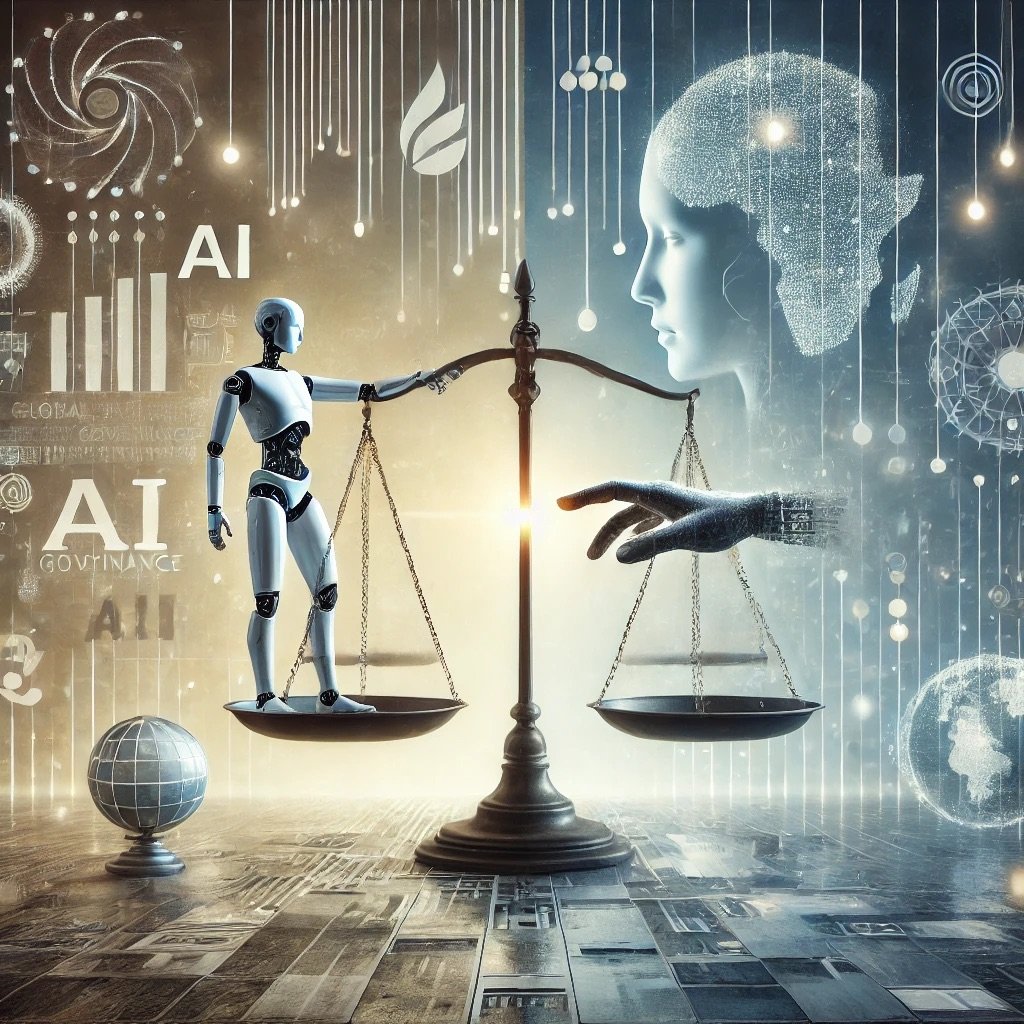AI Surveillance in the Workplace: A New Era of Monitoring or a Breach of Privacy?
AI-powered surveillance in the workplace is rapidly becoming a controversial topic as companies deploy increasingly invasive tools. From tracking keystrokes and capturing random screenshots to monitoring employees' physical locations and analyzing their moods, AI surveillance aims to optimize performance and ensure compliance. However, these tools raise serious concerns about worker privacy, job security, and fairness.
How AI Surveillance Works and Why It’s Controversial
Modern AI surveillance extends far beyond traditional monitoring. Some companies, such as Amazon, require warehouse employees to wear devices that track every movement and monitor productivity in real time. Call centers use AI to analyze voice tones during customer interactions, while remote workers are monitored through keystroke tracking and webcam usage. In many cases, these systems can even recommend firings or disciplinary action without human oversight, sparking fears of unfair outcomes. Here, is a look at some of them:
Keystroke Monitoring and Screen Tracking
Tools like Interguard and Sapience Analytics track every keystroke typed on a worker’s computer, flagging irregular behavior and logging time spent on websites or applications. These tools can even take random screenshots to ensure employees remain on task, increasing concerns about trust and micromanagement.Wearable Devices and Location Tracking
In logistics and manufacturing, companies such as Amazon use wearable trackers that monitor physical activity and geolocation in real-time. For example, Amazon drivers are equipped with biometric cameras that detect distractions like looking away from the road. Ford has also experimented with social distancing wristbands in its factories, tracking workers' proximity to one another for safety purposes.Attention Tracking through AI and Webcams
In some organizations, webcams are used to track employee attentiveness, analyzing facial expressions, eye movements, or body shifts to ensure focus during video calls. This technology can determine whether workers are engaged or distracted and can trigger disciplinary actions for perceived inattention.Productivity Analytics
Platforms such as Microsoft 365 initially introduced productivity scores to track how actively employees engage with emails and collaborative files. After backlash, Microsoft anonymized the data, but the shift highlights the delicate balance between monitoring performance and breaching employee privacy.
What makes AI surveillance so contentious is its potential to reinforce biases in hiring and performance evaluations. Research shows that automated hiring tools, used by many Fortune 500 companies, may perpetuate discrimination by favoring candidates that match pre-set patterns—typically disadvantaging minorities and non-traditional applicants. This can lead to biased outcomes in promotions, job retention, and evaluations.
Monitoring room
Impact on Workers and Workplace Culture
While companies argue that AI surveillance improves productivity, safety, and efficiency, employees often feel disempowered and stressed under constant monitoring. A recent survey revealed that 70% of employees reported being monitored in some way, including through location tracking, biometric data, or video recording. Workers have described these measures as turning jobs into “scientific management on steroids,” where every second of their workday is scrutinized. This pervasive surveillance threatens mental health by adding pressure to perform and reducing trust between employees and management.
AI monitoring also risks deskilling jobs—making tasks more repetitive and rigid, leaving employees with less autonomy and creativity. In sectors like logistics, this results in high turnover as workers feel trapped in mechanistic workflows with little room for personal growth.
Pushback from Workers and Unions
In response to the spread of AI surveillance, unions in Europe and North America are pushing for greater transparency and protections. Some organizations have successfully secured agreements to limit AI's influence over disciplinary decisions. For instance, Deutsche Telekom banned algorithms from being the sole factor in firing employees, setting a precedent for similar regulations elsewhere. Meanwhile, labor unions in Canada and the U.S. are advocating for new legislation to prevent unregulated surveillance from becoming the norm.
What’s Next? AI Regulations and Worker Protections
Balance between technology and humanity with elements of justice, transparency, and accountability.
Balance between technology and humanity with elements of justice, transparency, and accountability
Governments are beginning to take notice. Canada’s proposed Bill C-27 aims to regulate “high-impact” AI systems, including those used for recruitment and performance management. However, many labor activists argue that current efforts are insufficient and that worker protections must be prioritized to ensure ethical AI adoption. Without strict oversight, AI tools could further erode employee rights, reducing jobs to a series of monitored metrics instead of meaningful work experiences.
Navigating the Future of AI in the Workplace
AI surveillance offers companies powerful tools to track performance and ensure efficiency, but its growing use raises critical questions about privacy, fairness, and trust. If not carefully managed, these systems could lead to burnout, high turnover, and increased inequality in the workplace. Employers must strike a balance between leveraging AI for productivity and respecting employees’ autonomy. In the coming months, we’ll explore how businesses and policymakers can create ethical frameworks for AI adoption—ensuring that technology serves both employers and workers alike.
The rise of AI surveillance is just the beginning—how companies and governments handle this technology will define the future of the workplace. Let us know your thoughts below!

